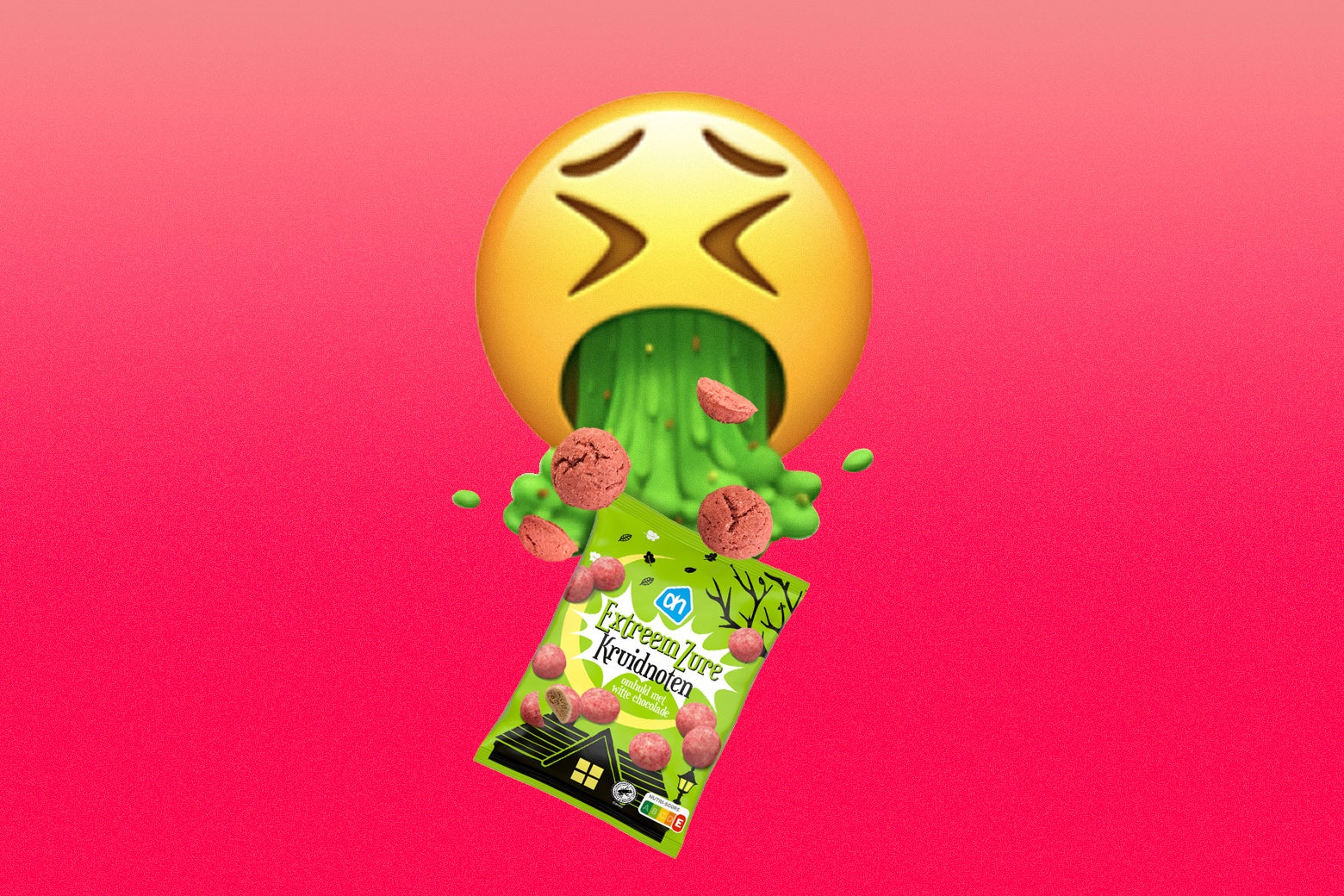
"Fall is here, and if you-like me-happen to live in the Netherlands, that means two things: rain and pepernoten. Traditionally, these small, round cookies were sold around Sinterklaas, a Christmas-like holiday held in December that until only a few years ago involved everyone and their uncle dressing up in blackface. ( Look it up.) Nowadays, courtesy of capitalism, pepernoten show up in supermarkets as early as September, months before most children start leaving their shoes at the fireplace before bedtime."
"When my parents were growing up, they had to make do with the standard cinnamon-and-ginger variety, baked according to a recipe that had remained largely unchanged since colonial times, when the Dutch East India Company transported spices from Indonesia to Amsterdam. In my youth, which just so happened to coincide with the end of the Cold War and the full-on globalization of American consumerism,"
Fall in the Netherlands brings rain and the seasonal appearance of pepernoten, small round cookies associated with Sinterklaas. Sinterklaas celebrations included dressing in blackface until only a few years ago. Pepernoten now appear in supermarkets as early as September due to commercialization. Original pepernoten relied on a cinnamon-and-ginger recipe stemming from spice trade connections between Indonesia and Amsterdam. Global consumer trends prompted manufacturers to experiment with coatings like white, milk, and dark chocolate, followed by truffle, caramel sea salt, and apple pie. The market then entered a cycle of annual novelty flavors, many of which proved less appealing than the classic.
Read at Slate Magazine
Unable to calculate read time
Collection
[
|
...
]